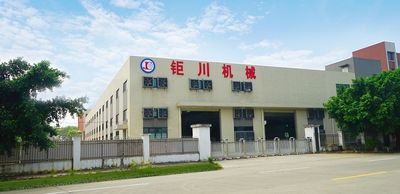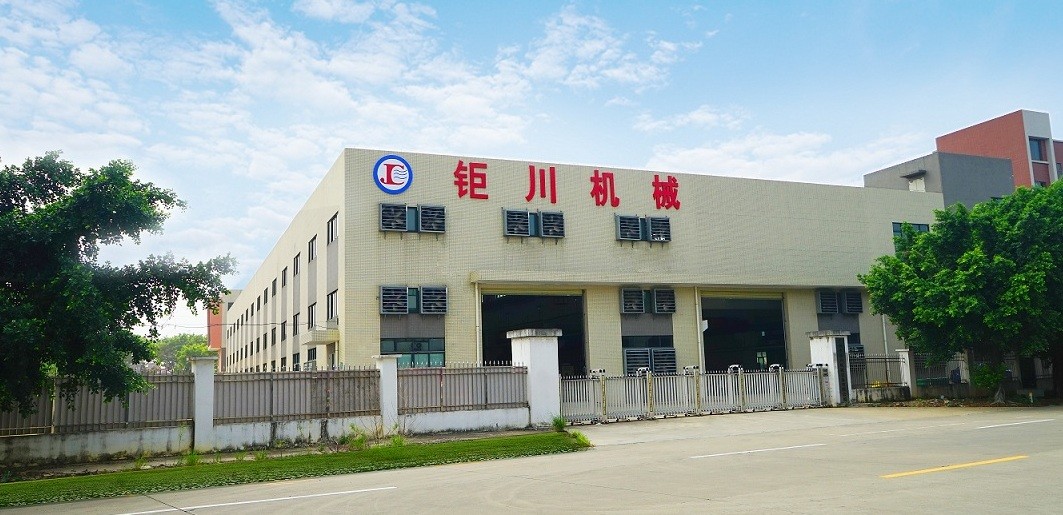Welcome to Guangzhou Juchuan Machinery! We are a leading manufacturer of rubber and silicone equipment, specializing in research, development, manufacturing, sales, and service.
At Guangzhou Juchuan Machinery, we take pride in our state-of-the-art facility spanning 30 acres, with a 20,000 square meter factory equipped with advanced processing equipment. Our team of industry-leading engineers, coupled with long-term technical collaborations with renowned German companies, ensures that our products feature cutting-edge technology and innovation.
We prioritize customer satisfaction by adhering to a comprehensive quality management system and an efficient after-sales service network. Our commitment to excellence is evident through our adherence to strict standards such as GB/T19001-2016/ISO9001:2015.
![]()
Our product range includes precision silicone machines, rubber injection molding machines, vacuum compression molding machines, self-opening plate vulcanizing machines, rubber injection molding molds, and supporting mechanical structures for rubber equipment.
With our dedication to quality and customer-centric approach, our products have gained popularity both domestically and internationally. We have successfully exported to countries such as Germany, Russia, Thailand, Vietnam, Malaysia, India, Cambodia, Sudan, Pakistan, Tunisia, Israel, Saudi Arabia, South Africa, Nigeria, Kenya, Morocco, Iran, Egypt, Israel and Afghanistan.





